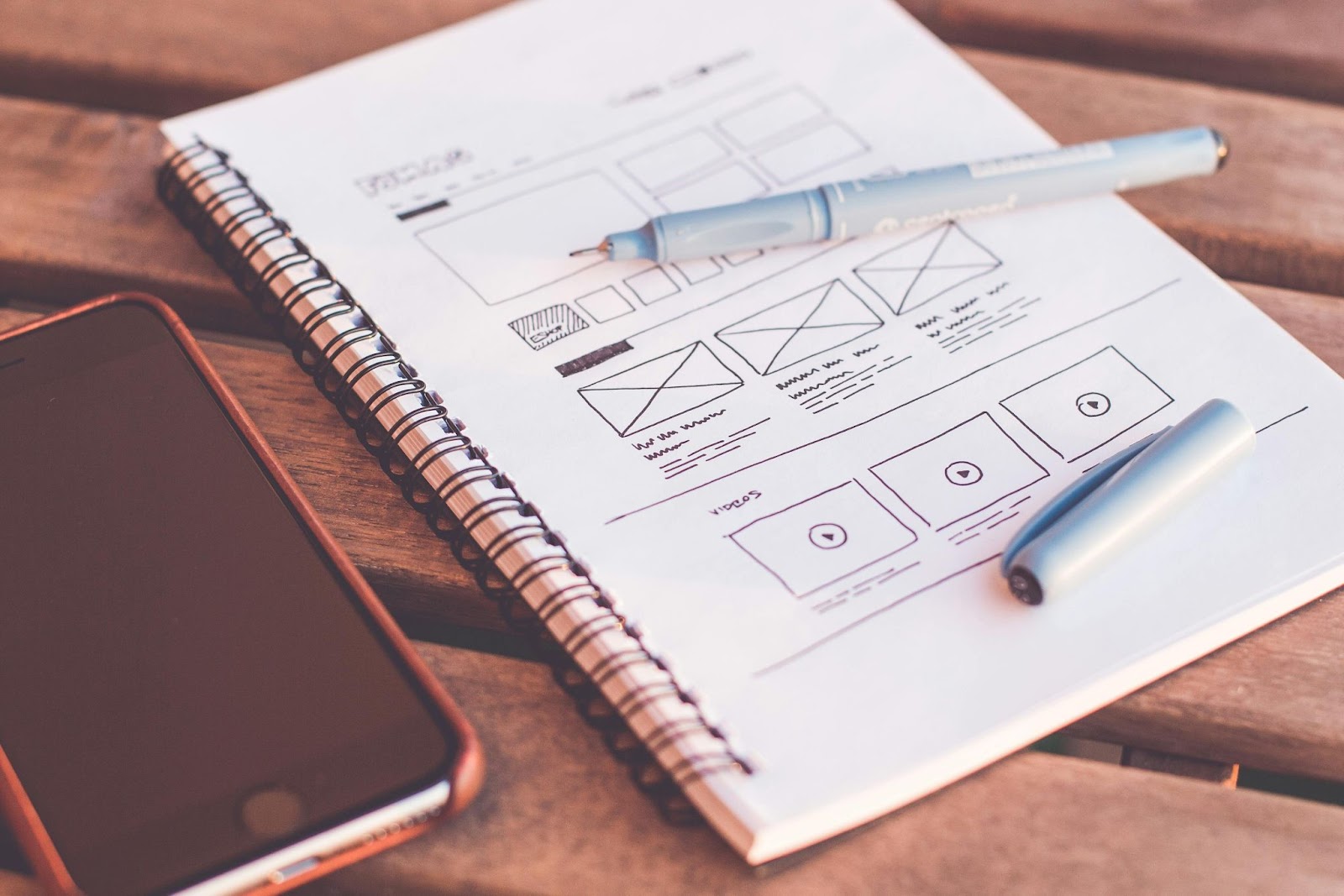 In Addition to Good Design Sense, What Else do Web Designers Need to be Proficient in?
In Addition to Good Design Sense, What Else do Web Designers Need to be Proficient in?
Delving into the role of web designers signifies appreciating the vast array of skills at their disposal. It’s a fusion of art and science, ignition of creativity, understanding of aesthetics, and application of complex technicalities.
A web designer’s skill set stretches beyond a tuned sense of aesthetics and design. They hold a prestigious place in the digital realm, their handiwork evident in every precise line of code, every intuitive user interface, and every intricately designed visual element that firmly secures a website’s online presence.
- Design Principles: Aesthetics are paramount in web design. Web designers master the rules of color theory, typography, and layout to create visually intriguing and impactful sites.
- Coding Skills: Mastery in HTML, CSS, Javascript, and other programming languages, empowers web designers to bring their vision to life. These languages guide the creation of a site from the geo-tagged location embedded in a page footer to the interactive interface of a user sign-up form.
- UX/UI Design: User Experience (UX) and User Interface (UI) design are essential for creating a user-centric site. Web designers make browsing intuitive, enhancing user experience through strategically placed functions and well-planned site navigation. Reflect on the simplicity of Google’s search page where the UX/UI design guides users smoothly through their search journey.
- SEO Knowledge: Every savvy web designer knows the importance of search engine optimization. SEO practices boost a site’s visibility on search engines – after all, even the most beautifully designed website loses its purpose if users can’t find it.
Let’s not forget project management abilities, communications skills, and a good grasp of digital marketing strategies. Together, these competencies add value to a web designer’s role, ensuring the delivery of websites that are as functional as they are eye-catching.
 The Importance of Good Design Sense
The Importance of Good Design Sense
In Addition to Good Design Sense, What Else do Web Designers Need to be Proficient in? Good design sense acts as an essential tool in a web designer’s toolkit, combining aesthetic talent, technical prowess, and understanding of current design trends to create websites that resonate with audiences. Design sense not only shapes the look of a website but also its functionality and user experience.
Good web design goes far beyond aesthetics. It infuses usability, functionality, and user experience into the design while adhering to design principles and current trends.
- User-Friendly Navigation: Sites should be easy to explore, with logically arranged menus and links that lead users directly to the information they’re seeking.
- Fast Load Speed: Speed is crucial. Page speed can vastly affect bounce rate, search engine ranking, and user satisfaction.
- Mobile Responsiveness: With an ever-increasing number of users accessing sites via mobile devices, responsiveness to different screen sizes guarantees a smooth user experience.
- Clear Call to Action: Websites must guide users on the desired action, whether that’s making a purchase, signing up for a newsletter, or downloading an ebook.
Web designers stay on top of the latest design trends, skillfully adapting their designs to maintain relevance and hold audience interest. New color palettes, innovative typography, and dynamic layouts represent some of the trends designers monitor. For instance, in recent years, minimalistic design with plenty of whitespace has surged in popularity, offering a clean, modern aesthetic.
 Beyond Design: Essential Skills for Web Designers
Beyond Design: Essential Skills for Web Designers
Design sense makes a difference, but a range of other competencies bolster a web designer’s toolkit, enriching their ability to create compelling, user-friendly websites.
An adept web designer masters more than HTML, CSS, and JavaScript. He comprehends, at a minimum, one back-end coding language. With a firm grasp on Python, Ruby, Java, or PHP, a web designer can do more than manipulate web elements — he can control server-side functionality, an asset that opens up additional possibilities for website design and functionality.
It’s not enough to simply create something visually pleasing; a web designer must focus on the user experience (UX) and user interface (UI). With proficiency in UX/UI, she crafts designs that prioritize ease-of-use, navigation efficiency, and interactive elements that appeal to the target demographic. This includes creating intuitive site structures, responsive designs, and visually guided narratives that lead visitors through the site in an enjoyable and engaging manner.
Proficiency in SEO is a must for web designers. Reading the ever-changing Google algorithm, knowing how to incorporate keywords strategically, understanding meta-tagging — these are all skills that, when applied, elevate a site’s position on search engine rankings. This, in turn, increases overall website traffic and visibility.